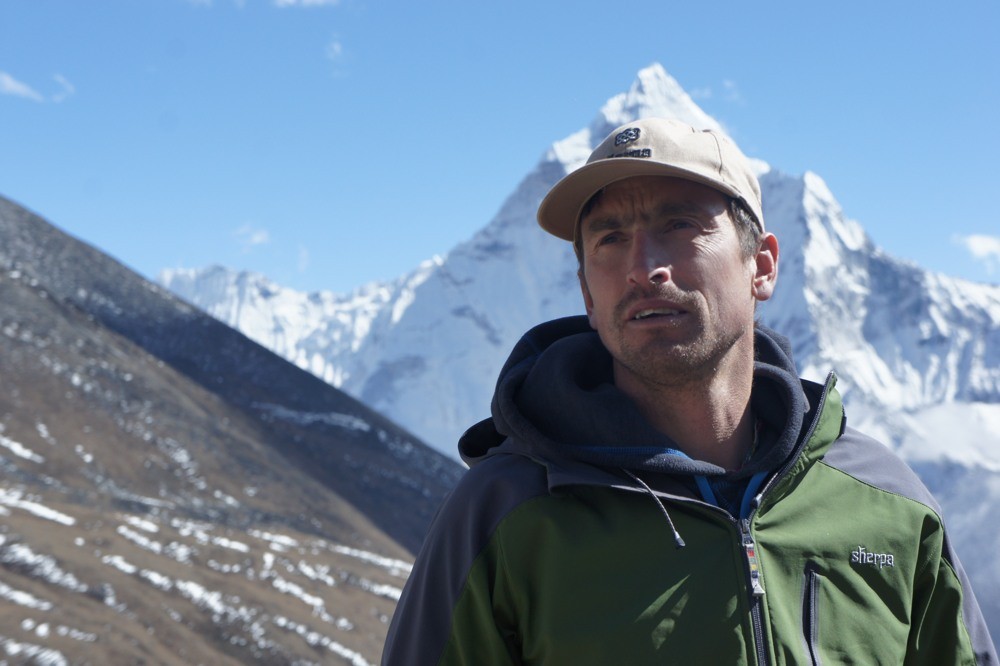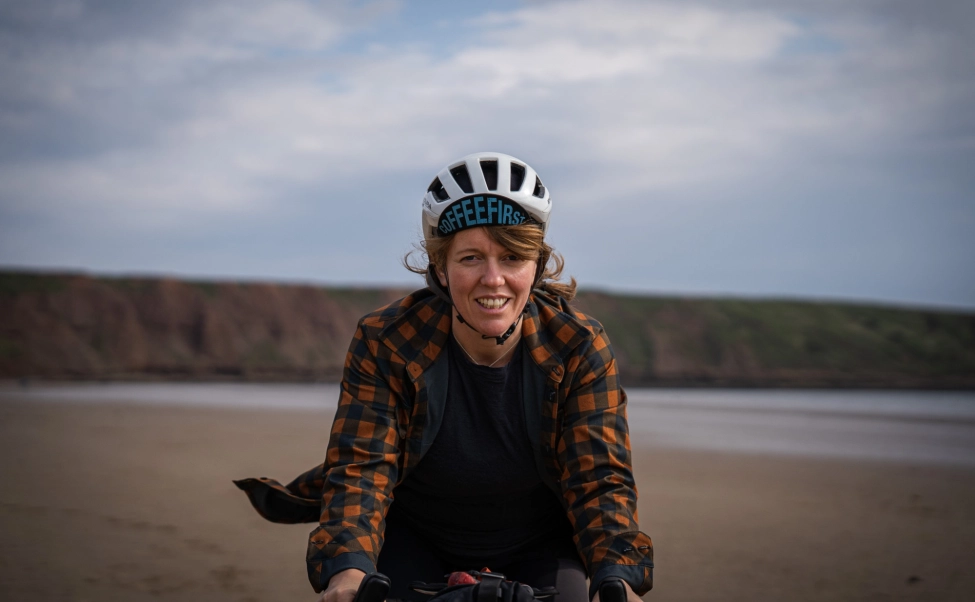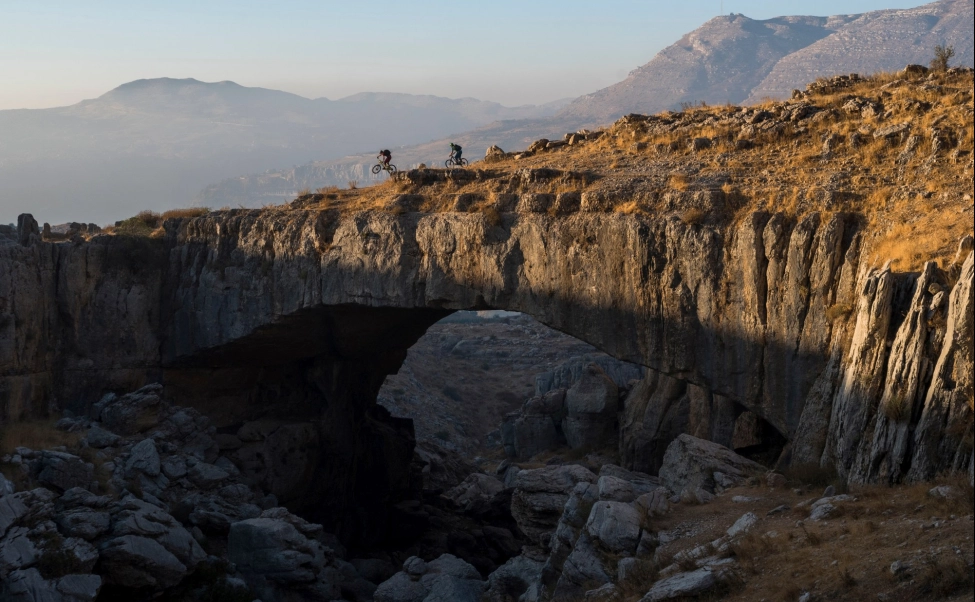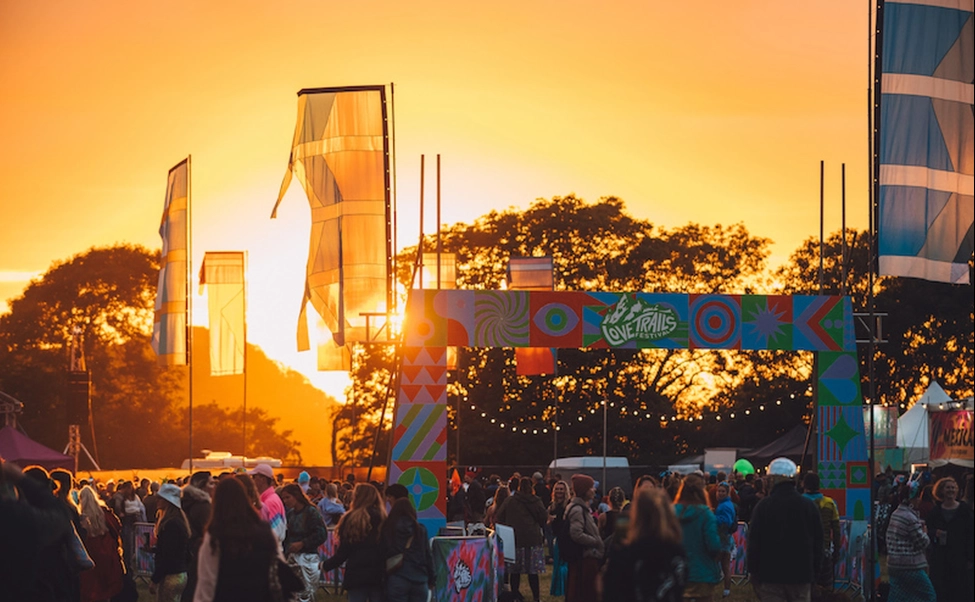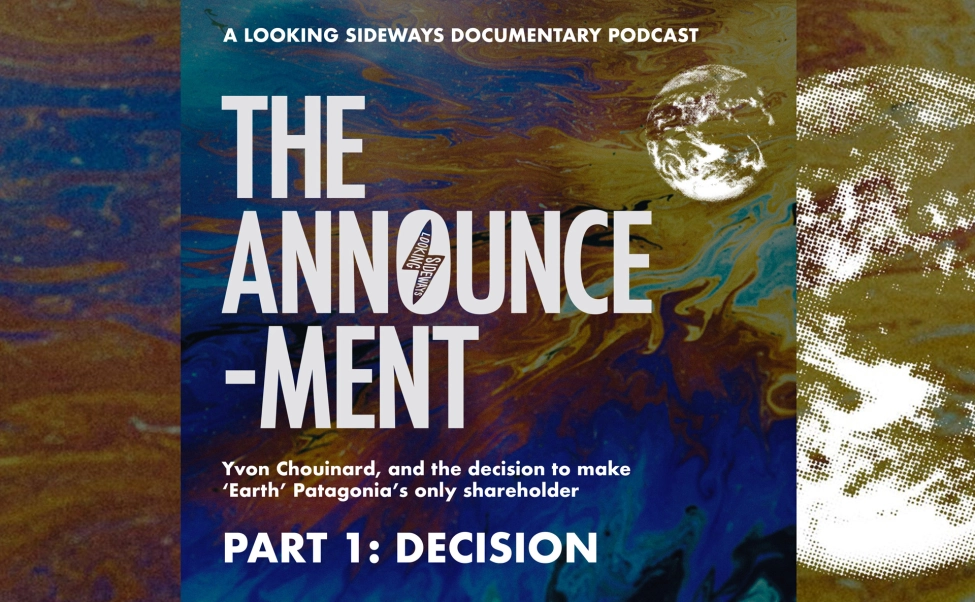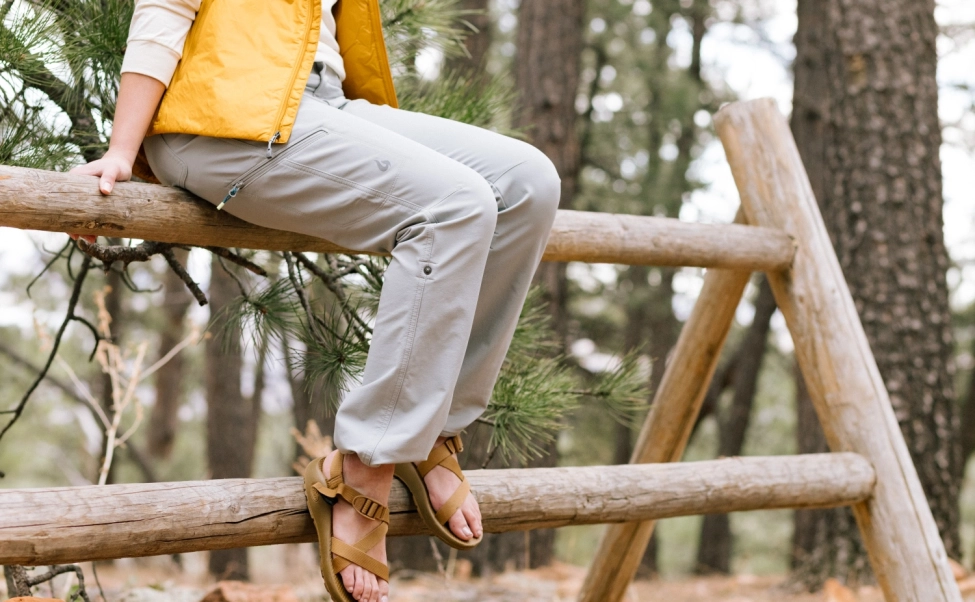- Details
- Written by: Mike Walker
KC: The first thing, other than the odd tree, was Moel Siabod in Snowdonia with the Scouts. I loved it. But I started climbing very late, at around 17. My first outdoor experience was at High Rocks in Kent, and then the next day we drove to Swanage and I did my first lead climb on Subliminal – it was terrifying! I didn’t have a clue what any of these nut things did, and a feeling of utter terror – gear falling out, my arms exploding – but I’ve never looked back!
When did you decide to make a career of climbing?
I was in a pub with Jules Cartwright, [a leading British mountaineer who died in a fall in the Alps in 2004]. We’d been working at height on an old power station, scraping paint from a gas flume to fund our climbing. We were climbing to a high level at this point, all over the world, and Jules told me he’d applied to become a mountain guide. He offered me two bottles of good Scotch if I applied too.
Has it been a struggle to make climbing pay?
Back then, from about 2002, I was simply a climbing bum. After the course I went to live in Chamonix and worked, mainly on building sites, to fund expeditions. It was a phenomenal 10 years, but things move on.
How do you make it pay now, with a family to feed?
I get criticised a lot by the climbing fraternity for being commercial, but there are bills to pay. I could be going up and down Mont Blanc, like most other guides do, and there’s nothing wrong with that. Or you commercialise yourself further like I have, with sponsorship from outside climbing, from inspirational brands, such as Land Rover.
You took an Olympic Gold medal up Everest. Why?
A friend stumbled across a special story of when, in 1924, gold medals were handed out for ‘Outstanding Feats of Human Endeavour on the slopes of Mount Everest’ to a British expedition from 1922. A promise was made that one day, one of these medals would be taken to the top – and what with the games being in London in 2012, I thought it was a perfect time to realise that dream! The guys from 1922 were absolute heroes, and no one knows about them.
What about that text from the summit of Everest?
I’ve been making calls from the top for years. The first one was when I was the first to the summit that season, and I phoned my mum on a satellite phone. It was 2am in the UK and I screamed “I’m on the top, I’m on the top.” To which she replied, “Oh that’s nice. Look, your Dad couldn’t sleep and he’s taken the dog for a walk – can you phone back?”
The Samsung thing happened when I heard that transmitters had been set up at Everest base camp. The CEO of Samsung said 3G should work at the top but hadn’t been tested; now, if that’s not a sponsorship deal, what is? So I got involved.
How do you keep emotional control at the summit?
I’m a very emotional guy, but I’m pretty good at getting over things quickly; my wife calls me an emotional retard. She says I have a cupboard crammed with unattended emotion, and one day it will break open and the whole family will be hit by a tidal wave. I mean I’ve not checked recently, but I’ve lost 41 or 42 close friends in the mountains, and the way I deal with it is by sweeping it under the carpet.
The mountains are an emotionally charged place, and when you’re making decisions in the death zone you can’t let outside emotion cloud your judgement. That can lead to you or your client dying. So if I do get emotional at the top I soon man up; as a good buddy of mine once said, “getting to the top is optional but getting back down is mandatory.” I put it slightly differently, ‘You get no boasting rights in the pub if you snuff it on the way down’.
Is it ever actually fun climbing at that level?
Yes and no. Climbing is a retrospective sport, it’s amazing how our minds block out the pain, the suffering and the abject terror. Ultimately we do it for fun – I mean no one does anything they think is going to be horrid, do they?
So it does get pretty bad then?
It can be horrendous. It can be 4am and you’re at the depths of despair, and then the sun will peek over the horizon and suddenly you feel like the most empowered person alive. The fun comes from the surroundings and the people you’re with, the ones you meet along the way – the journey. But you are right, there is a lot of suffering. Mark Twight once famously said, “Alpine climbing is not a thing of beauty, it’s war!” And he has a good point.
So where do you draw your strength from?
I have a very strong mantra, that you can sometimes hear me muttering, “Strong as an ox; Strong as an ox; Strong as an ox” and then if things get really bad it’s, “It always ends; It always ends; It always ends.” It could be the longest night or it could be longest climb, but it will always come to an end.
Is there a recovery period after an Everest climb?
People say there is, but in reality there’s not. I mean, by the time I’ve come back off the mountain and trekked out and flown home, I’m fine. People say you need five, six, seven weeks to recover from running a marathon – but I bet the Kenyans don’t say that.
How do you deal with responsibility when you’re guiding clients in the death zone?
2010 was an awakening for me as to how I personally lead trips. One of my team slipped and fell on the Hillary step, we facilitated a rescue and she’s fine now. But it made me realise that it’s an eggshell, I mean you are essentially dying up there. I made a decision from then to only lead one or two clients.
The guide has a huge responsibility, but the client has to realise that in the death zone, things can go wrong – despite all the planning. It could be as simple as a dropped glove or a broken crampon. We carry spare gloves, but does everyone? We have back-up oxygen and contingency plans too. If a lawyer makes a mess of a case you may lose a little money, but if I mess up you’re going to start to lose digits, or potentially die, or I’m going to die, or one of my Sherpa team, and that’s not acceptable.
Why Sherpa Adventure Gear?
My association with Nepal, and the people of that country, made working with them an easy choice. The thing I love about them, is that it’s not about money, it’s about a legacy. It’s owned by Sherpas, and the clothing’s mainly made in Kathmandu by locals for a fair wage. The profit goes into running the Paldorje Education Fund offering scholarships to less fortunate Sherpa children.
You’ve summited Everest 11 times. Why keep going?
I love Everest, I love what she stands for, what she radiates. I think she’s beautiful.
...................................................................................................................................
Kenton Cool is a brand ambassador for Sherpa Adventure Gear. He is currently on expedition in Nepal, and planning another Everest ascent in 2015. See Sherpa Adventure Gear’s range at sherpaadventuregear.co.uk

